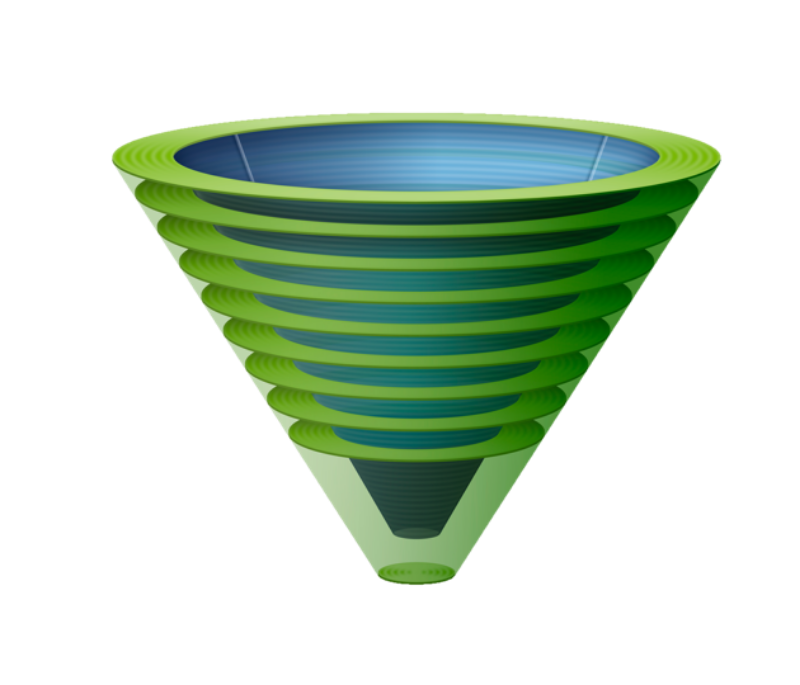trouble shooting endotracheal intubation
The process of endotracheal intubation can be divided into three components:
View: getting a view of the larynx
Delivery: delivering the endotracheal tube to the laryngeal inlet
Passage: feeding the endotracheal tube from the laryngeal inlet into the trachea
Intubation may become challenging due to the inability to complete one or more of these steps and optimisation interventions should be targeted accordingly.
BEST EFFORT at endotracheal tube
The following table outlines the potential real-time optimisation interventions in pursuit of a best effort at endotracheal intubation and the issues they target. Note that this table is intended as a foundation resource for training and not to be used during the process of airway management.
Note: performance of flextension (sniffing position) must only be undertaken following consideration of the need for cervical spine precautions.
Optimising success when using a Hyperangulated Videolaryngoscope:
While a hyperangulated videolaryngoscope will often provide a good view of the larynx with minimal skill requirement, familiarity with the device is required to recognise the view required to facilitate passage of the tube. Instinctively clinicians will aim to achieve a close up view of the laryngeal structures but this view often leads to the laryngoscope itself interfering with passage of the endotracheal tube. Thus while hyperangulated videolaryngoscopy removes much of the skill required in getting a view of the vocal cords, considerable skill is still required to achieve delivery of the tube to the larynx and its subsequent passage into the trachea. It is useful to think of the techniques/devices required to achieve each of the components of intubation when using a hyperangulated video laryngoscope.
View: the hyperangulated videolaryngoscope is excellent at achieving this via an indirect view but (in contrast to a conventional geometry laryngoscope) its design does not provide any opportunity for getting a direct view of the larynx, as the extreme curvature of the blade prevents it displacing the tongue to achieve this.
Delivery: the inability to achieve a direct line-of-sight when using a hyperangulated videolaryngoscope means that a direct line-of-delivery of the ETT to the cords is also impossible. Thus the hyperangulated videolaryngoscope is not recommended as a first line device unless a getting a direct view of the cords is known to be impossible or judged to be extremely unlikely, as it may complicate tube delivery despite a good laryngeal view (even compared with when a poor direct view is possible). If a direct view of the larynx has proven impossible, however, on the first attempt at intubation a hyperangulated videolaryngoscope is the recommended blade for a second attempt, if the device and an appropriately skilled airway operator are available. This is consistent with the approach advocated in the 2018 UK National Guidelines for management of tracheal intubation in critically ill adults. Optimising delivery of the ETT to the larynx requires:
Appropriate view: a 'wide-angle' rather than a 'close-up' view of the larynx makes it easier to identify where the ETT/introducer is coming from as well as providing more space for introduction of the tube by preventing the laryngoscope blade from 'crowding' the larynx. In addition, obtaining only a view of only the posterior half of the vocal cords (grade 2 view) rather than their entirety (grade 1 view) assists with bringing the axis of the view provided by the hyperangulated blade and that at which the bougie is introduced, in line with the long axis of the trachea.
Curved introducing device (stylet/bougie): this is mandatory when using a hyperangulated blade to navigate its curve and prevent the tube from persistently going posterior to the laryngeal inlet. Use of a bougie/stylet with a steerable tip can further facilitate delivery. A fiberoptic scope (either without or with the screen attached to it - the latter being referred to as fiberoptic assisted video intubation or FAVI) can also be used as a steerable introducing device in this situation.
Passage: as the hyperangulated blade (in combination with the patient anatomy which made direct laryngoscopy difficult in the first place) results in the stylet/bougie approaching the larynx at a steep angle from behind, it will often hit the anterior wall of the trachea once it passes through the laryngeal inlet, preventing the bougie or ETT from being fed into the trachea. Again the use of a stylet/bougie with a steerable tip can facilitate passage of the bougie/ETT into the trachea as flexing the tip allows it to be brought into alignment with the long axis of the trachea once it has traversed the laryngeal inlet. Passage of the ETT into the trachea may also be impeded by 'hang up' the ETT tip on the arytenoids due its posterior approach to the larynx. Standard manoeuvres to overcome this such as rotating the ETT 90 degrees anticlockwise may be impeded by the fixed curve on the introducer device. Use of a 'bullet tipped' ETT (& possibly a smaller size) can help overcome this.
Thus in a time-critical situation, to achieve intubation as rapidly as possible when a direct view has proven impossible, it is useful to consider the empirical use of the following three devices together as a 'package deal':
Hyperangulated Videolaryngoscope: to facilitate a view.
Curved steerable tip bougie/stylet: to facilitate delivery.
Bullet tipped ETT: to facilitate passage.

